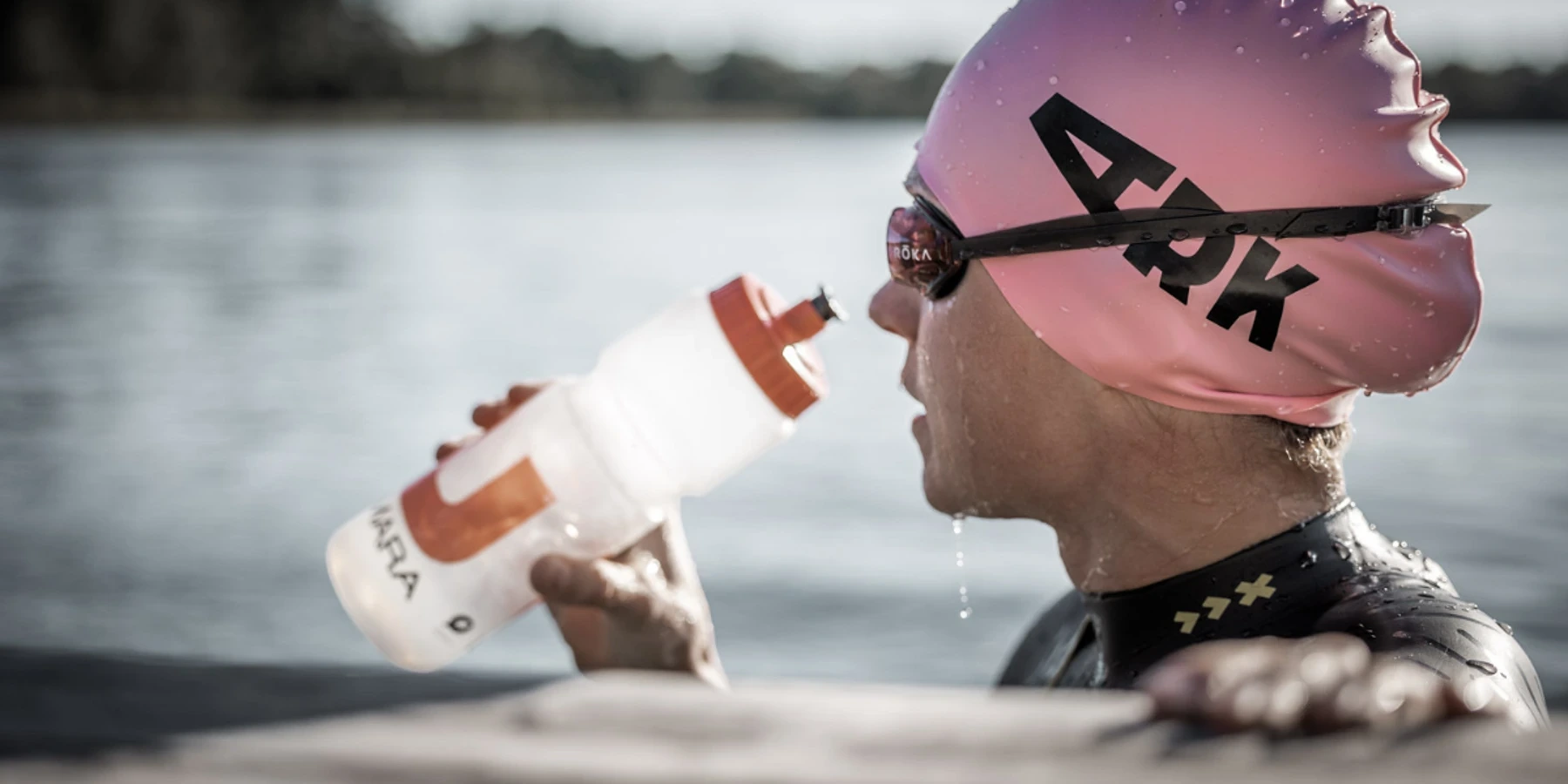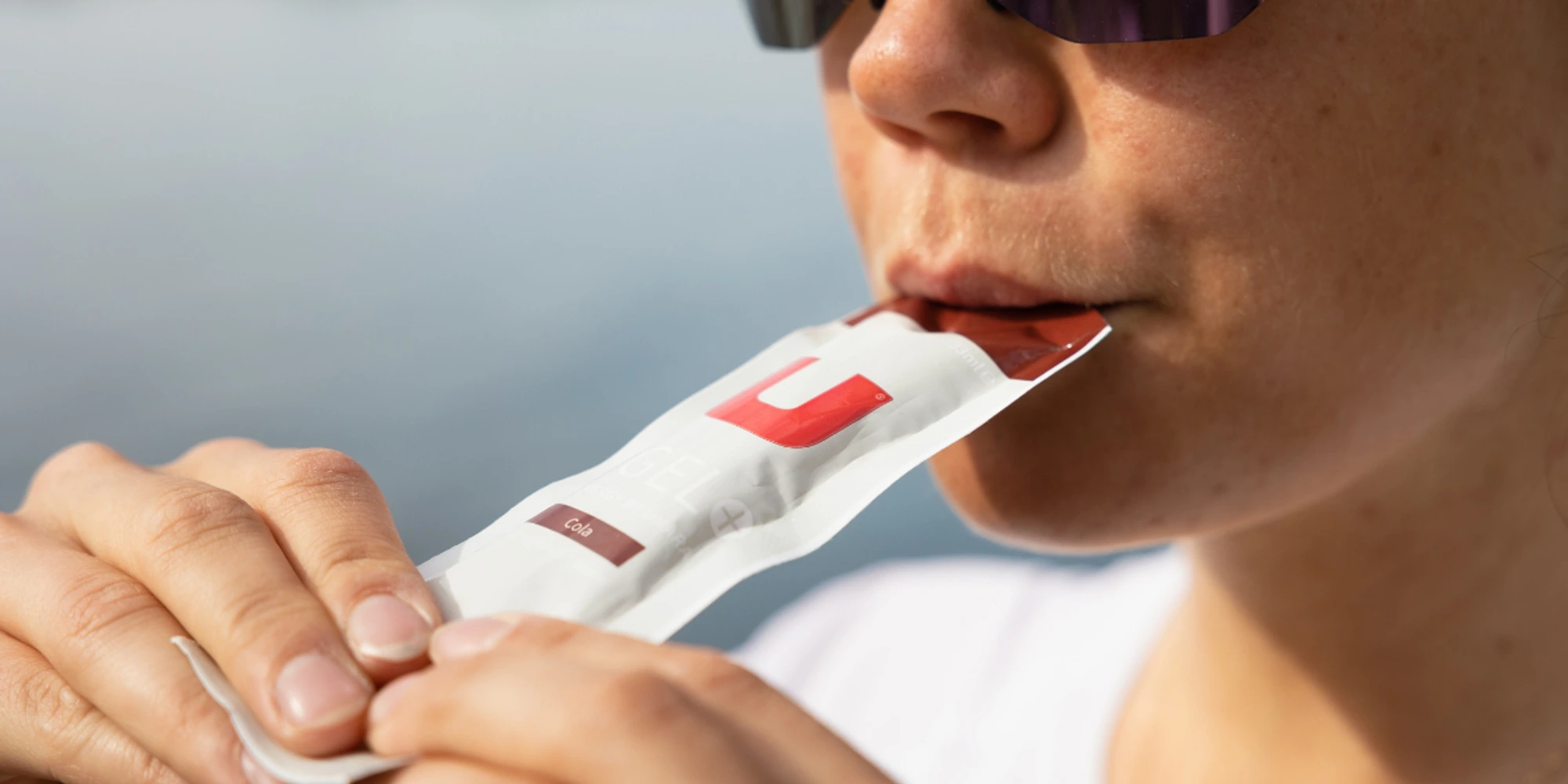
Bars, Gel or Sports Drink
It's 9:00 PM the evening before a competition or a long-distance race, and you're now looking down at all the equipment scattered across your bed at home. A crucial question always arises—how can I fit everything in? Let's delve into the science behind what's best: Sports Drinks, Energy Bars, or Energy Gels? Is one of them the clear winner? Perhaps it's just a matter of practical differences.
Researchers have naturally explored this field and have answers to the question. In 2010, a research team was assembled with the task of examining how sports drinks, gels, and bars are absorbed and utilized as energy in the body, and whether there are differences in absorption rates and stomach issues between solid and liquid nourishment.
What distinguishes these three energy sources?
he quick answer is—WATER. Somewhat playfully, you can describe it as an energy gel being a sports drink mixed with very little water, while a bar is a gel that has been left in the sun for a few hours and dried. If we break down the products into their macronutrients, there's usually some form of carbohydrate source (oatmeal, glucose syrup, fructose, dextrose), possibly some amino acids/protein, and finally salts/minerals and water. In bars, you often find a bit of oil to provide the bar with its consistency. Enough to say, there are significant differences among various types of gels when it comes to osmolarity and content. But osmosis is primarily controlled by the liquid content.
The advantage of gels and bars is simply that they are concentrated energy sources, resulting in lower weight (you don't have to carry any water). The benefit of sports drinks is that you also intake water and salts, which you lose during exercise and competition. Therefore, sports drinks are the wisest choice from a performance standpoint, assuming you can conveniently carry them. But let's examine what researchers say when comparing these products to one another.
U Gel or U Bar?
If both of these energy sources are optimized in terms of composition, the difference in absorption and oxidation is very slight. The gel is slightly more viscous, and the bars are even denser in structure, which to some extent slows down stomach emptying, partly due to the content of gel fibers, such as guar gum in the gel, and the slightly increased amount of fibers and fat in the bars.
However, with more recent research, we now know that stomach emptying is not the bottleneck in the system, something that was believed until 10-15 years ago. Older research focused more on molecular weight and speed through the stomach to optimize these processes. Nowadays, we understand that factors like molecular weight are quite irrelevant; it may even be that higher molecular weight can have negative effects on us.
The true bottleneck occurs when energy is absorbed into the bloodstream in the intestines. Here, it's been demonstrated that the ratio should be 1:0.5 or 1:0.8 between glucose molecules and fructose molecules to deliver maximum energy while being gentle on the stomach. All of our products adhere to this carbohydrate ratio as we develop them based on research findings.
U Sport or U Gel?
In this case, researchers selected 8 well-trained male cyclists and triathletes with a VO2max of 61 ml/kg/min. Participants trained at least 3 times a week and had a weekly volume of at least 6 hours. They underwent 3 identical tests where they cycled for 3 hours on a test bike and consumed 1.8 grams of carbohydrates per minute (1:0.5 glucose/fructose solution) via sports drink or gel. They also performed a test where they only consumed water. The order of the tests was random, but they conducted one test per week. Fluid intake during the tests was also identical.
Researchers didn't detect any difference in absorption or energy utilization between sports drinks and gels, as long as fluid intake was identical. Whether you have water in your bottle and consume energy via gel or mix sports drinks directly in the bottle, it matters little. Practical aspects play a more significant role. For many runners, it's more convenient, for example, to use U Gel during the run and drink water at the stations than to carry the pre-mixed sports drink.
Athletes who only consumed water during cycling performed well too. They burned just as much energy during all attempts but utilized more fatty acids as fuel because they didn't intake carbohydrates. They perceived the effort as more challenging and had a higher heart rate, which isn't surprising. Cycling for 3 hours with only water is more demanding than cycling for 3 hours with energy, even at lower intensity.
Let's take a closer look at the various energy sources.
Bars
Our energy bars have a foundation of oatmeal and sugars to balance the carbohydrate ratio. In these bars, we find fruits/berries for flavoring; these are also glucose/fructose-based. Finally, we include some coconut oil/rapeseed oil to give the bar its consistency.
In these bars, the liquid content is lower than in gels and sports drinks, but they provide a bit more solid food and something to chew on, which can be appreciated when your stomach grumbles.
However, it's essential to consider that with more solid food, the risk of stomach issues increases when energy intake is high (due to more mass for the stomach/intestines to process). For lower-intensity and longer workouts, though, bars are very convenient and satisfying. ;)

After bars, we have our U Gels (with or without caffeine) in which there's more water compared to U Bar, but less water than the recommended mixture in the sports drink.
The primary advantage of gels is that they are light, quick, and provide concentrated energy for optimal performance and a calm stomach. They are perfect for shorter races where you don't need as much fluid or where you don't need to carry your fluid with you. Umaras gel also has a good salt and mineral content, replenishing what you lose through sweating.

The advantage of U Sports is that you also receive water and salts that you lose during training and competition. Therefore, consuming a sports drink is the wisest choice from a performance standpoint, assuming you have room for the liquid. You can also mix a sports drink as concentrated as a gel.

In Summary
In practice, this means it's up to you to choose the form of energy based on your needs. What's important is the composition of the products, and we take care of that. Then it's up to you to use the energy in the most practical way for you.Personally, we prefer U Sports as an energy source when intensity is high and performance is the primary goal. However, we incorporate U Gel for flavor variation and a bit of caffeine.
